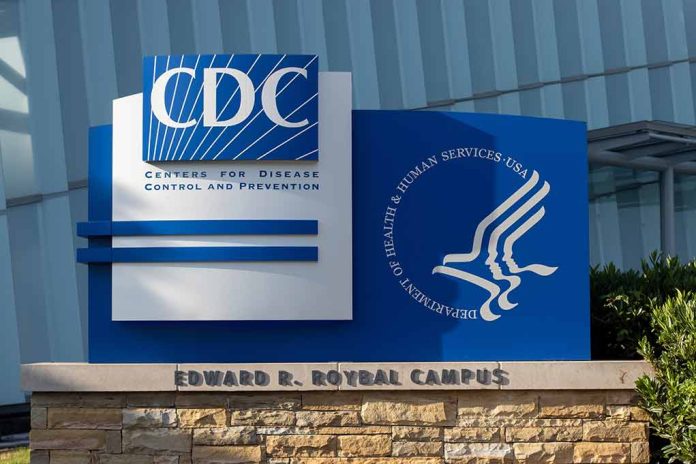
The luxurious voyage of Cunard’s Queen Mary 2 was hit by a persistent norovirus outbreak affecting hundreds onboard.
Key Takeaways
- 224 passengers and 17 crew members fell ill due to a norovirus outbreak.
- The outbreak occurred while the Queen Mary 2 was on a transatlantic cruise.
- Isolation measures and enhanced cleaning protocols were put in place.
- The CDC is monitoring the situation due to its significant impact.
- Norovirus is highly contagious and common in crowded environments like cruise ships.
Outbreak Details
Over 200 passengers on the Queen Mary 2 reported symptoms of gastrointestinal illness, identified as norovirus. The voyage, which departed from Southampton on March 8, saw 224 passengers and 17 crew members fall sick out of the 2,538 passengers and 1,232 crew onboard. The outbreak exceeded the CDC’s 3% illness threshold, warranting a report to health authorities.
Norovirus is known for being highly contagious, especially in confined settings like cruise ships. This virus spreads rapidly through direct contact, contaminated surfaces, and by consuming tainted food or beverages. Affected passengers and crew were promptly isolated, and a comprehensive cleanup was put into effect to mitigate further spread.
A norovirus outbreak on the luxury cruise ship Queen Mary 2 has sickened over 200 passengers and 17 crew members. https://t.co/FRD9ZELT2E
— WNEP (@WNEP) April 3, 2025
Containment Efforts
A spokesperson for Cunard emphasized the rapid response to the outbreak, telling Newsweek, “We have had a small number of guests on board Queen Mary 2 who have reported symptoms of gastrointestinal illness. We are continuing to closely monitor the guests and, as a precaution, have completed a comprehensive deep clean of the ship and immediately activated our enhanced health and safety protocols, which are proving to be effective.”
Increased cleaning protocols and the isolation of affected individuals are crucial strategies used to combat such outbreaks. The CDC’s Vessel Sanitation Program kept an eye on the situation remotely, ensuring that the measures taken aligned with federal guidelines. The cruise ship was scheduled to return on April 6.
Health Implications and Recommendations
Norovirus infection, often referred to as the “stomach flu” by the CDC, leads to symptoms like vomiting and diarrhea. Symptoms usually manifest within 12 to 48 hours after exposure and can last up to three days in healthy adults. Clinical professor of medicine at NYU Langone Health Dr. Marc Siegel said, “There is no treatment except to stay well-hydrated,” highlighting the importance of fluid replenishment during recovery.
Preventive actions such as thorough handwashing, cleaning of fruits and vegetables, and proper cooking of shellfish are vital in curtailing the spread of the virus. With norovirus resulting in approximately 109,000 hospitalizations annually in the US, stringent preventive measures are essential to protect public health, particularly in congregant settings.
Sources
- Norovirus Outbreak Hits More Than 200 Cruise Passengers
- Over 200 passengers sickened with norovirus aboard luxury cruise ship
- Norovirus sickens over 200 cruise ship passengers on month-long voyage













